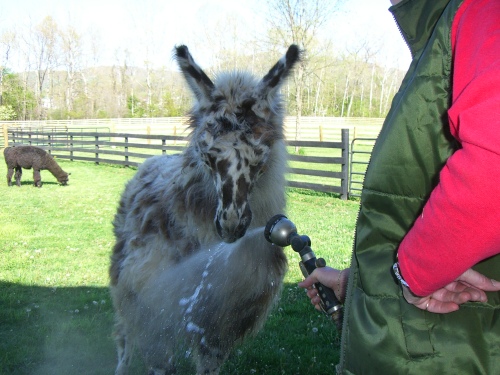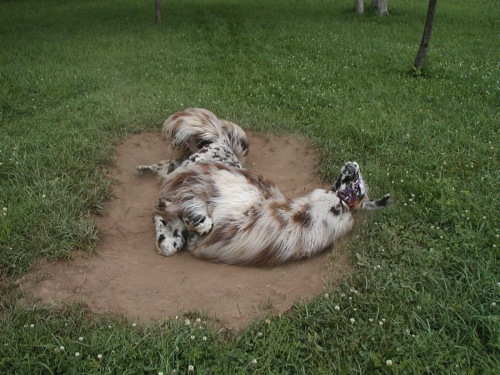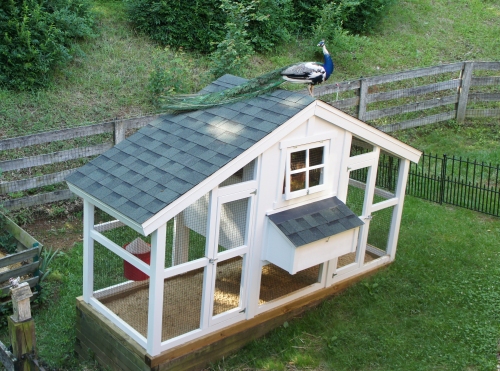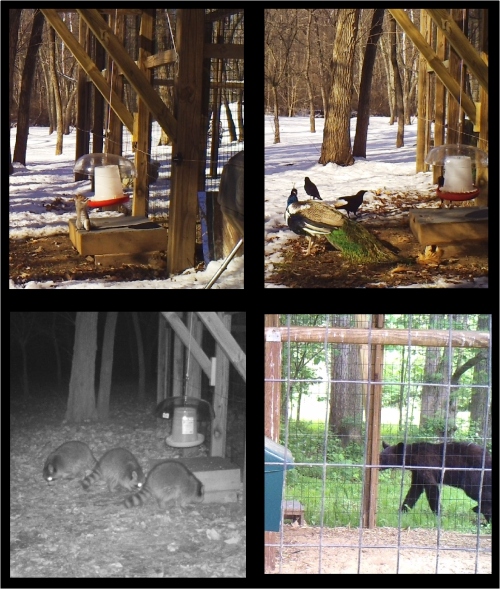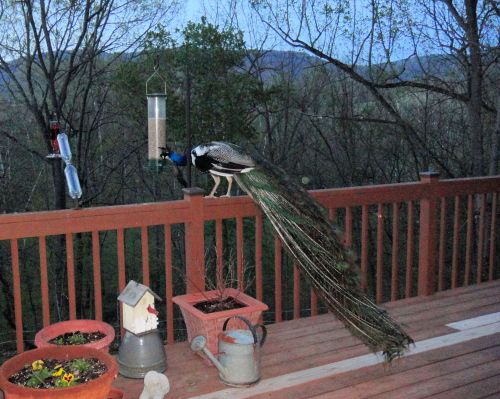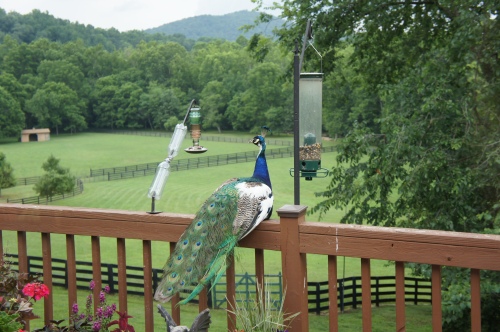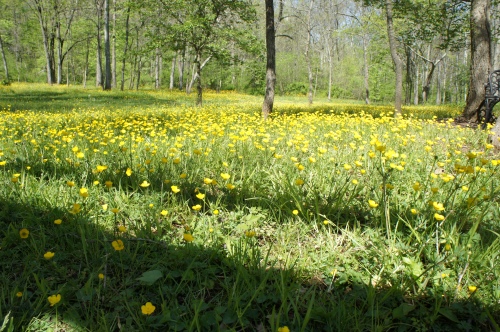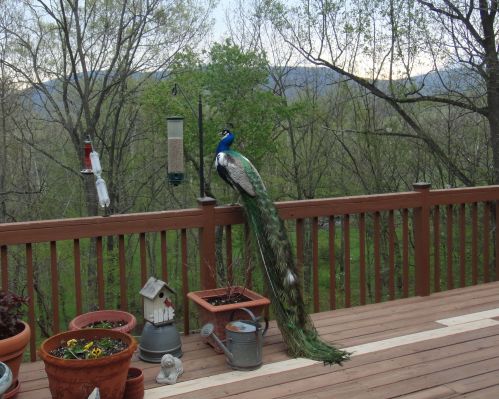This is poison ivy.

This is a public service announcement from someone who has years of experience with this vine…namely me!!
In short, stay away. Don’t touch. Don’t eat the berries. And in my case, don’t even look at it. The penalty is an insanely itchy rash that will last for weeks and drive you crazy.
I took these photos on our property this afternoon, so this noxious weed is growing now….and lurking….and waiting for the unsuspecting.
Poison Ivy is easily recognizable once you know what to look for. Nothing else looks like it. It can grow in clusters on the ground, or it can climb a tree. We have seen years old vines that have a trunk about 4-5 inches in diameter and have reached the top branches of a 50 foot tree. All parts and phases of the plant are poisonous: the leaves, the stem, and even dead and brittle pieces that you may inadvertently pick up years later can harbor the poison which is an oil called urushiol.
The plant produces black berries in the summer which are very nutritious and harmless to birds, (but highly irritating to humans). The plant is propagated when the birds eat the berries and deposit the seeds in their droppings. Don’t be lulled into thinking that if you stay out of the woods, you will never come into contact with poison ivy. My first run in with the itchy weed was in my backyard in a suburban golf course community. I contracted it while sitting in my flower bed in shorts, pulling weeds. I’ll let your imagination run wild here. It was not a pretty sight.

So what do you need to look for??? Leaves of 3. Not everything with 3 leaves is poison ivy, though. Look at the shape of the leaves. They are irregularly lobed. Some leaves have lobes on both edges, and some leaves will have a smooth edge on one side and have lobes on the other side.

When the vines get mature, they will have a characteristic hairiness. “Danger, Danger, Will Robinson”. Whoops, I just gave away my age.
Now on the other hand, this is Virginia Creeper.

Many people mistakenly think this is poison ivy because it is a vine that grows high in trees. This is a harmless plant, and should be admired. In the fall, the leaves turn a brilliant red, and virtually light up their host tree.
Note the obvious difference here. How many leaves? FIVE.
Now here is a photo of a Virginia creeper growing side by side with a poison ivy vine.

The Virginia Creeper is on the left. Note the regularity and uniformity of the leaves. The edge of each leaf is serrated and is a mirror image from side to side.
So if you need a catchy phrase to help you remember how to tell the two apart, trust the age old axiom:
“Leaves of three, let it be.
Leaves of five, let it live ”
Ok. So it doesn’t rhyme. But I bet you remember it, just the same.
Oh, and what should you do if you should come into contact with poison ivy? Wash it off immediately. Dawn soap is great, because it is an oil fighter. And if you don’t know you have touched it until the rash appears? (Usually takes about 24 to 48 hours to manifest the tell tale itch). I swear by Zanfel. The price will take your breath away, but if you start using it as soon as you see the first bump, and scrub with it a couple times a day, it will help. It won’t go away immediately, but it will go away sooner. Think one week instead of three.
So, head on out into the beauty of nature. Just be careful, and enjoy.






